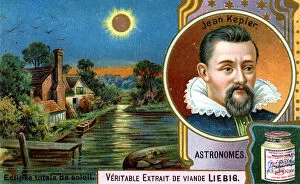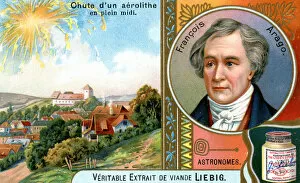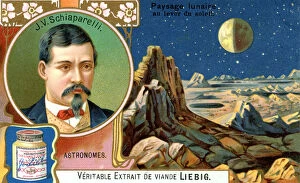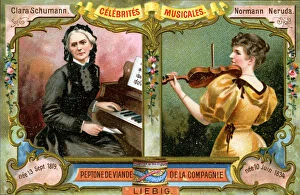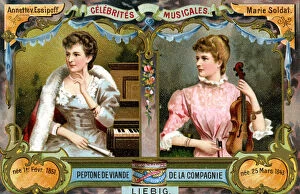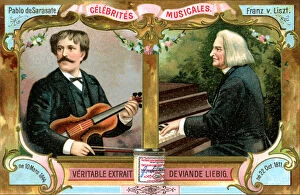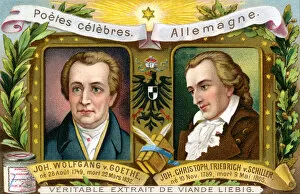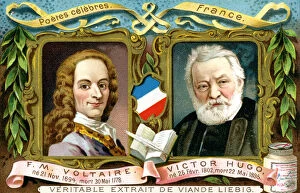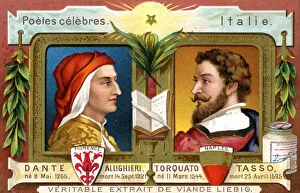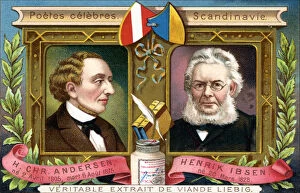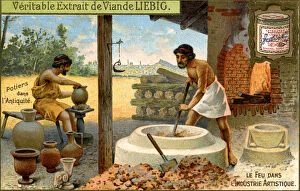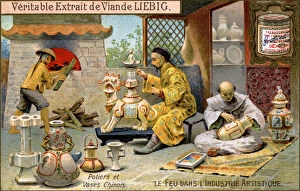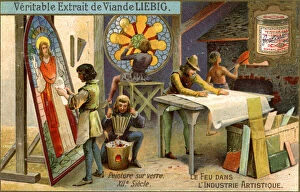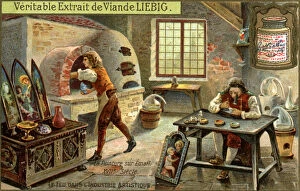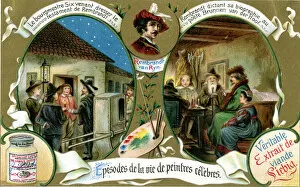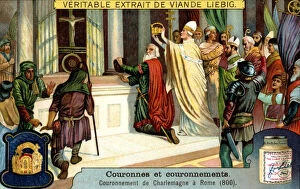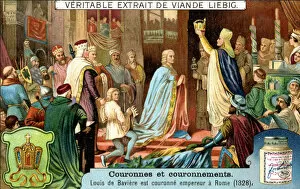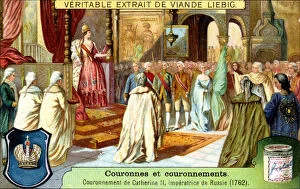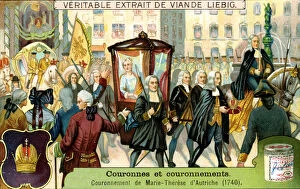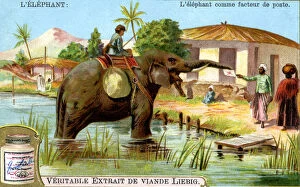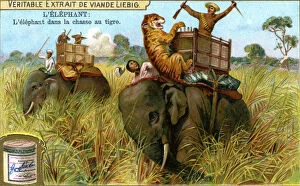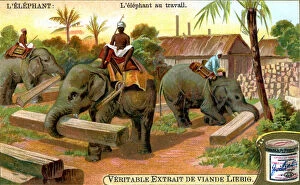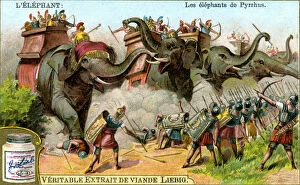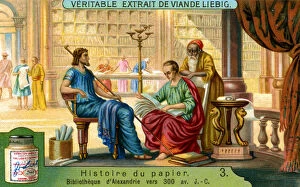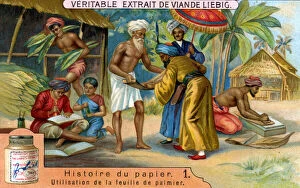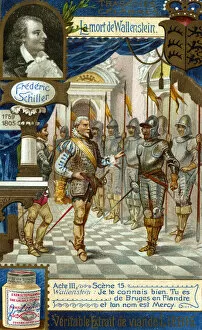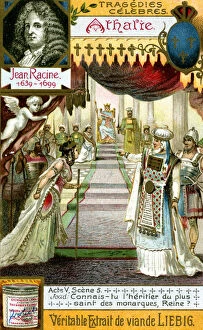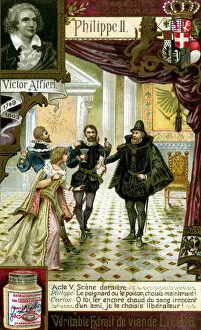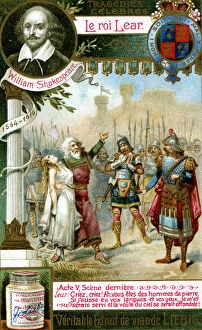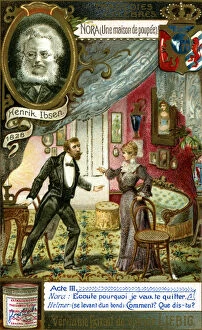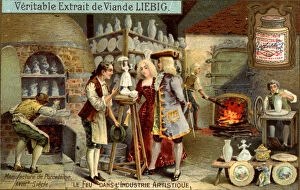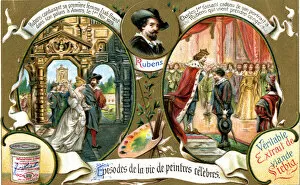Liebig Collection (page 9)
Liebig, a name that resonates with history and culture, has left its mark in various realms
For sale as Licensed Images
Choose your image, Select your licence and Download the media
Liebig, a name that resonates with history and culture, has left its mark in various realms. From the enchanting Liebig Samoa Apia to the mesmerizing Magic Flute Liebig 6, this brand captivates us with its artistic allure. Verdi's masterpiece Rigoletto finds a place in the heart enthusiasts alongside Turandot Liebig 2 and Parsifal - Liebig But it doesn't stop there; CARMEN LIEBIG takes center stage, showcasing the passion and intensity of Bizet's iconic opera. Meanwhile, at the thrilling Horse Racing event by Liebig 5, adrenaline fills the air as spectators cheer on their favorite contenders. As we delve into history, we are transported back to Napoleon I crowning himself King of Italy in 1805. This momentous occasion captured by Liebig reminds us of an era filled with grandeur and ambition. The fusion of cultures is beautifully depicted through Albanian dancers in Turkey. Their vibrant costumes and graceful movements showcase diversity and unity within our world. In another celebration of heritage, Festival of Empire at Crystal Palace comes alive through Liebig's lens. The magnificence of this event echoes throughout time as people gather to commemorate their shared past. Berlioz Faust Liebig 5 brings literature to life while Faust - Liebig -4 delves deeper into Goethe's timeless tale. These captivating illustrations transport us into worlds where imagination knows no bounds. With each artwork capturing moments frozen in time, it is evident that "Liebig" transcends mere branding or commerce; it encapsulates emotions and stories that resonate deeply within our souls.

